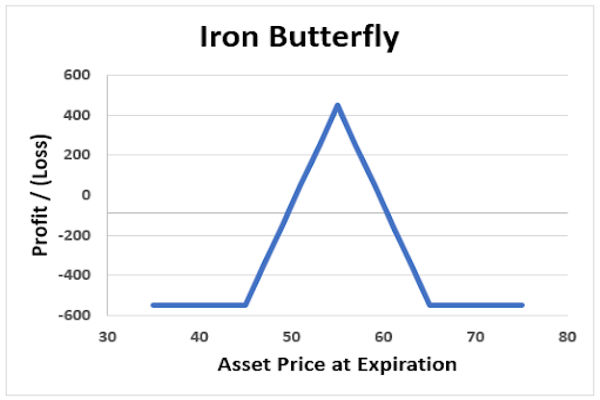Trading
Accounts & Conditions
Trading Accounts
Leverage & Margin
Deposits & Withdrawals
Dividends
Institutional Services
Liquidity Solutions
About EBC
Activities





















